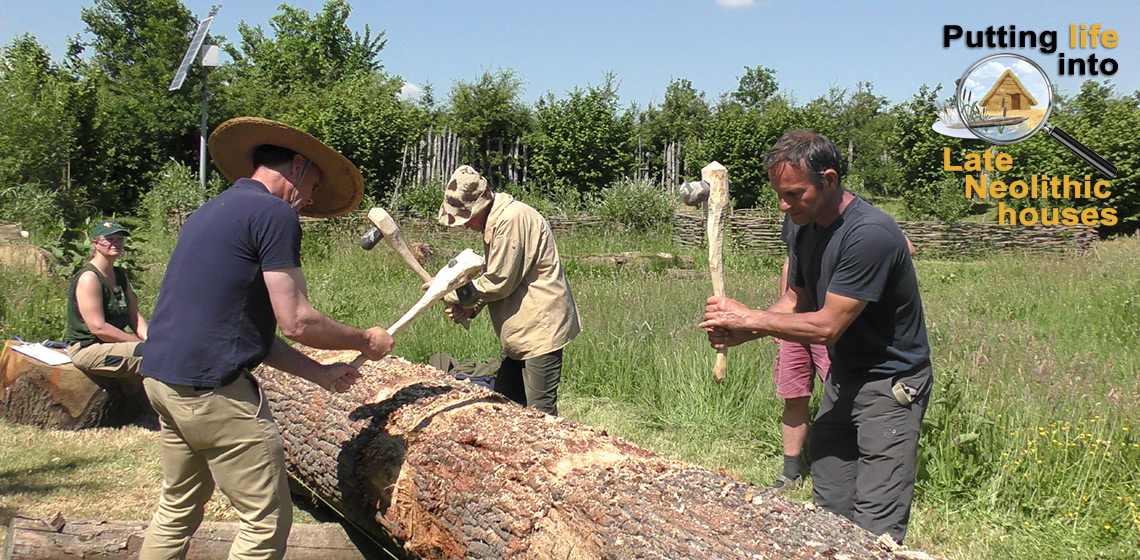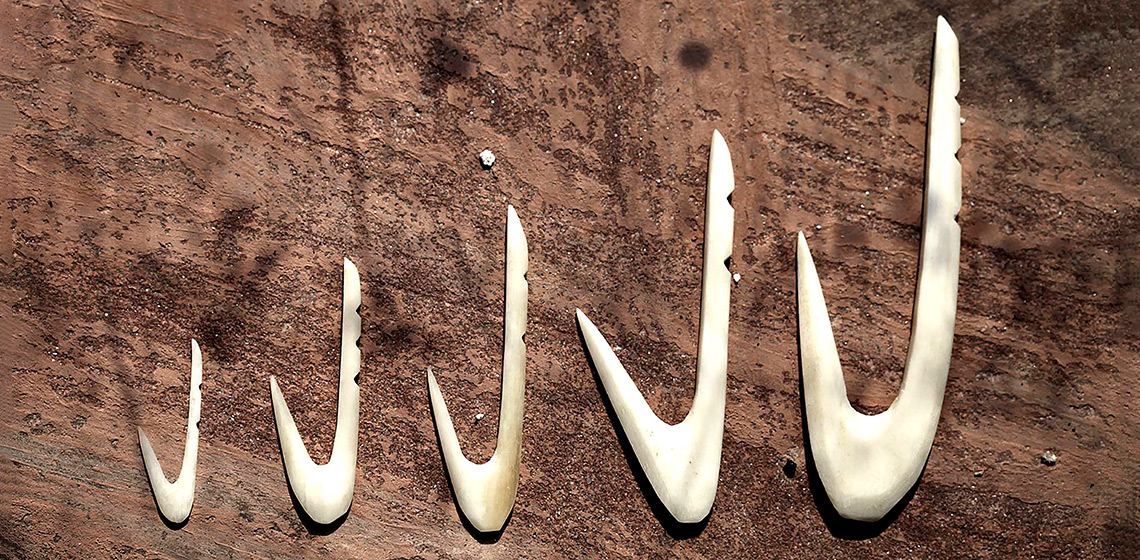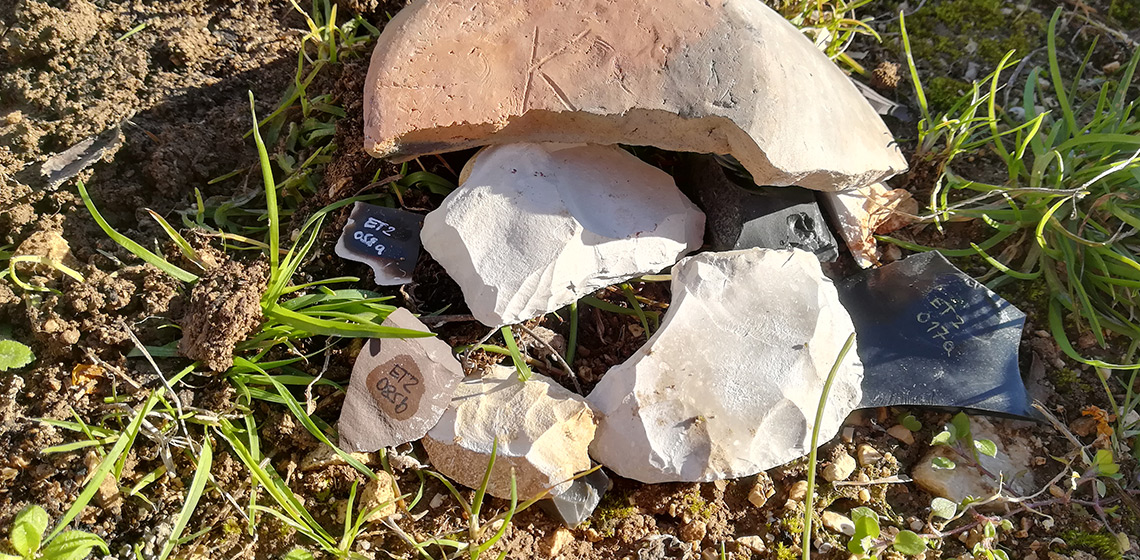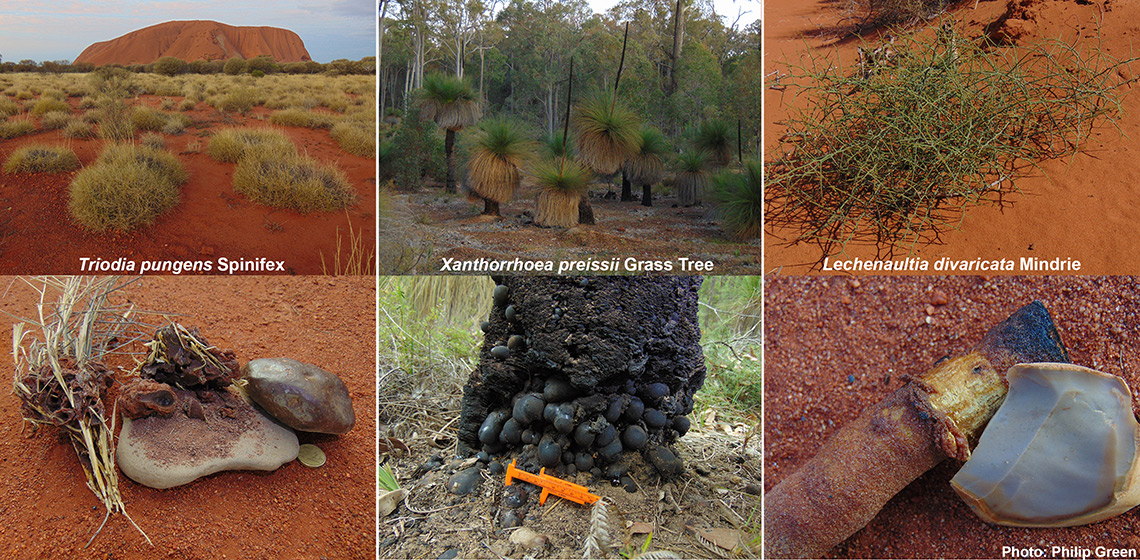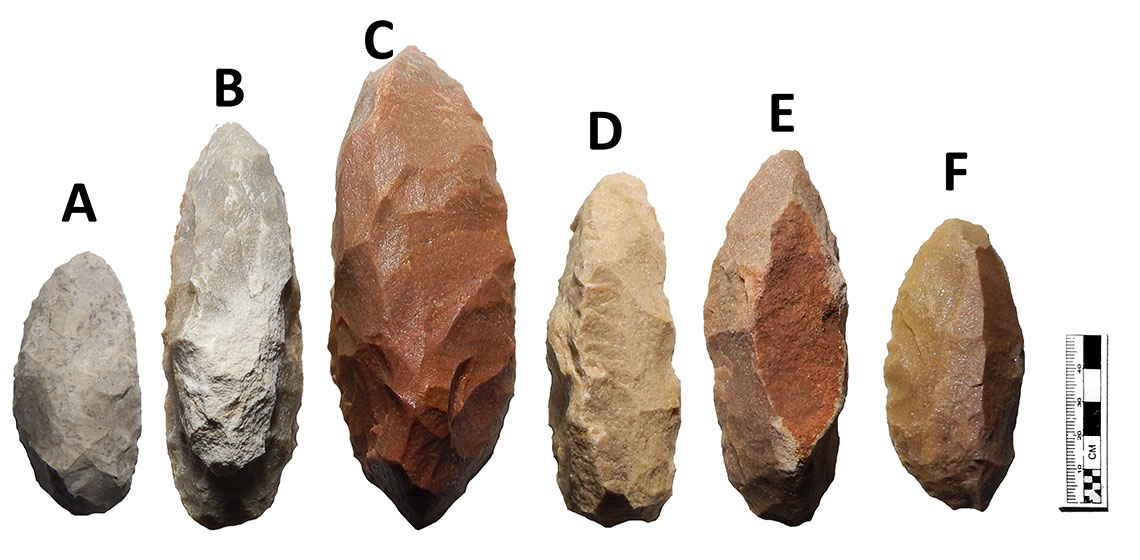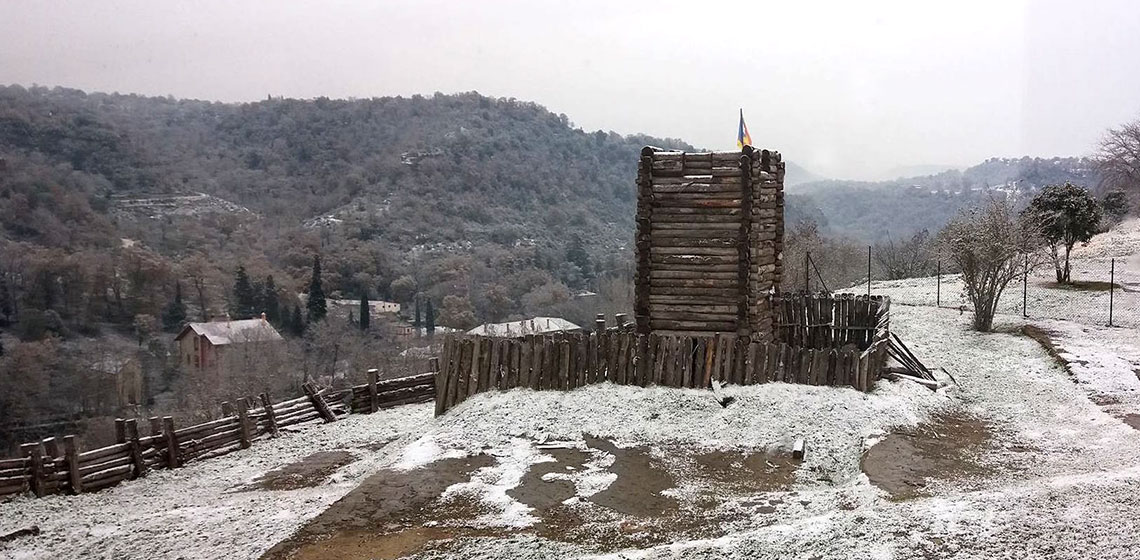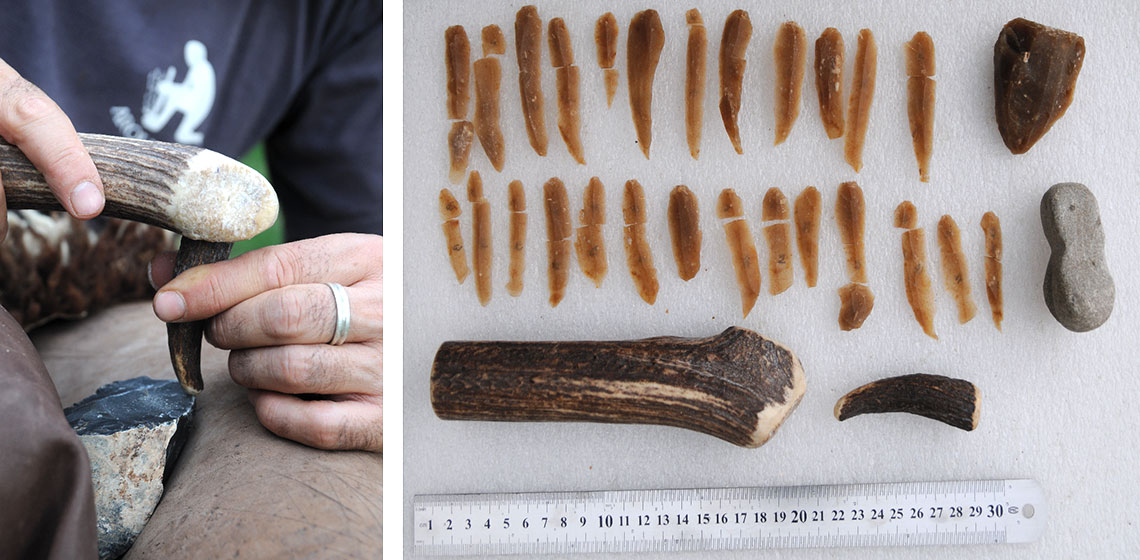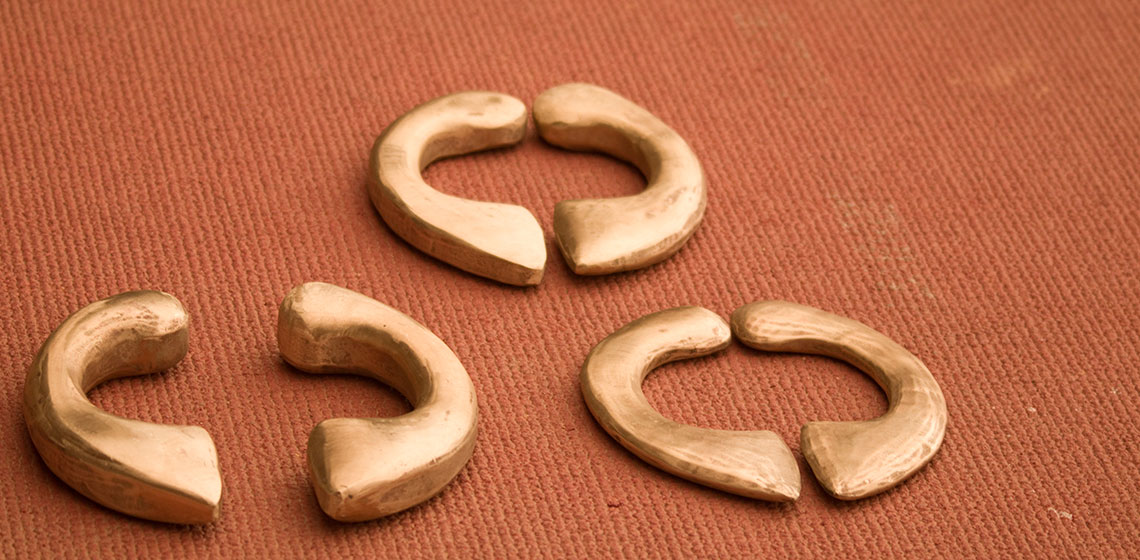tools
The Process of Making Schist Axes of Paja Ul Deˀŋ – “The People of Big Water”
Roe Deer as Raw Material for Middle Mesolithic Fishhooks? An Experimental Approach to the Manufacture of Small Bone Fishhooks
Trampling Experiments – A Contribution to the Pseudo-Retouch Issue
***Apart from human-made retouch, stone tools can also exhibit traces of damage caused by several post depositional processes, one of which is trampling. Edge damage provoked by trampling, be it of animal or human origin, is sometimes interpreted as human-made retouch ...
Hafted Tool-use Experiments with Australian Aboriginal Plant Adhesives: Triodia Spinifex, Xanthorrhoea Grass Tree and Lechenaultia divaricata Mindrie
Bringing Experimental Lithic Technology to Paleoamerican Brazilian Archaeology: Replication Studies on the Rioclarense and Garivaldinense Industries
Introduction
Despite experimental archaeological approaches being well known in Brazilian archaeology since the 1970’s, it has rarely produced studies until the beginning of the 21th century. The first deep debate on the subject of experimental archaeology was provided by Miller Jr. (1975), specifically on the application of the approach to lithic technology using Corumbataí flint - typical raw material from the Rioclarense industry. In that occasion, Miller Jr.
The Experimental Building of a Wooden Watchtower in the Carolingian Southern Frontier
***During fifteen days of June 2015, the team of l’Esquerda worked in a research project to build a Carolingian wooden watchtower on the River Ter, in Roda de Ter, Catalonia, Spain. The idea was to test our hypotheses experimentally, (a) if the wooden watchtower could...
Adze-plane, Skeparnon, Multipurpose Adze or Two-handled Adze? Practical Work with an Alleged Predecessor of the Woodworking Plane
***This article presents a practical approach to a Graeco-Roman woodworking tool called “ascia-Hobel” in the archaeological literature, respectively “adze-plane” as the corresponding English term. The tool in question consists of an often semi-circular adze-blade attached to a two-handled shaft and seems to be suited both for chopping and...
